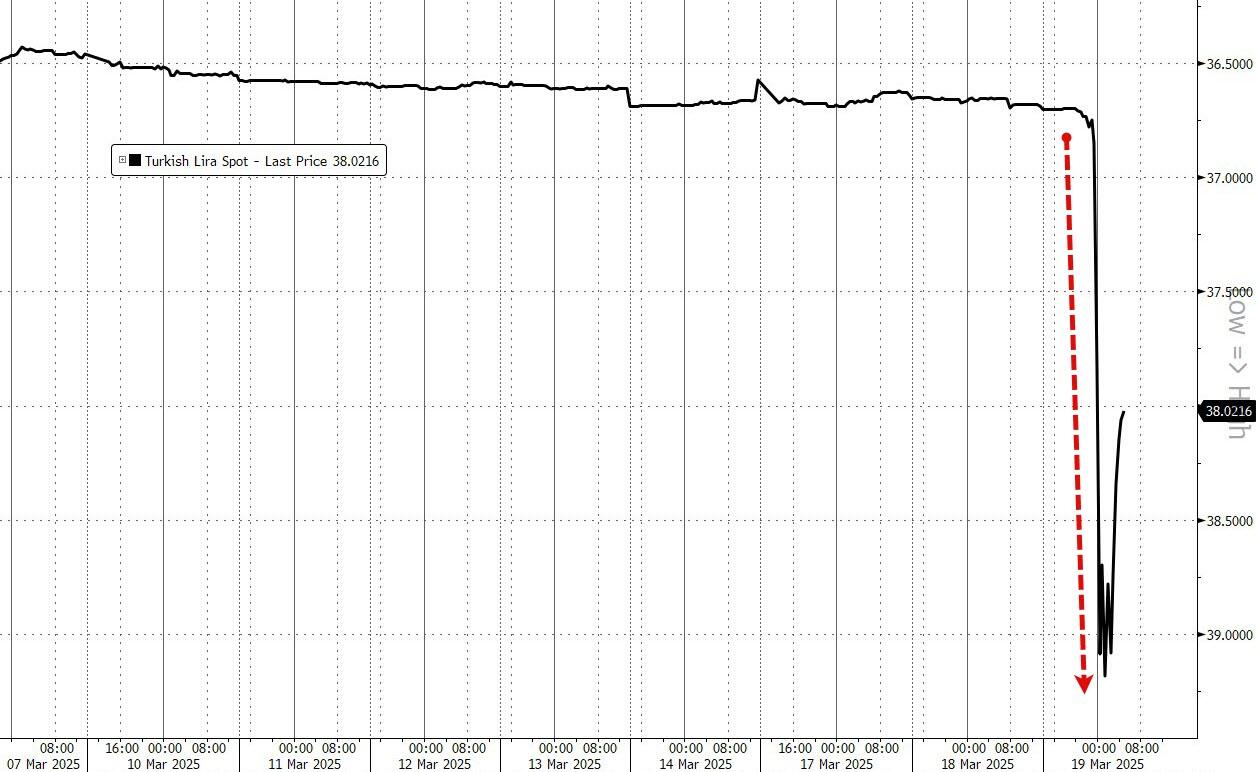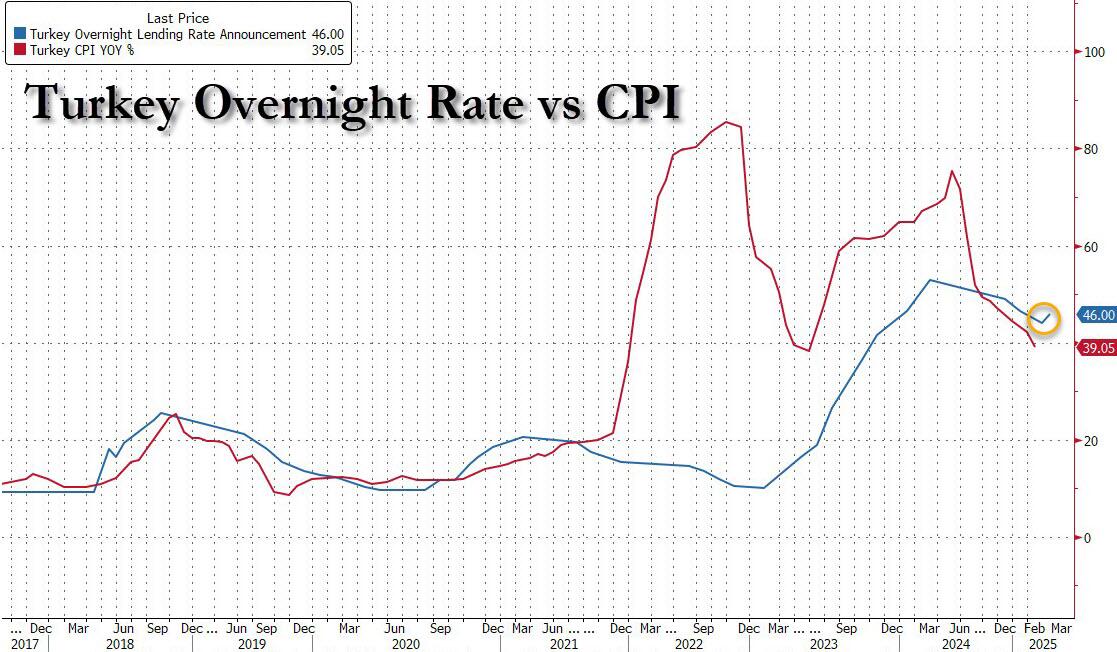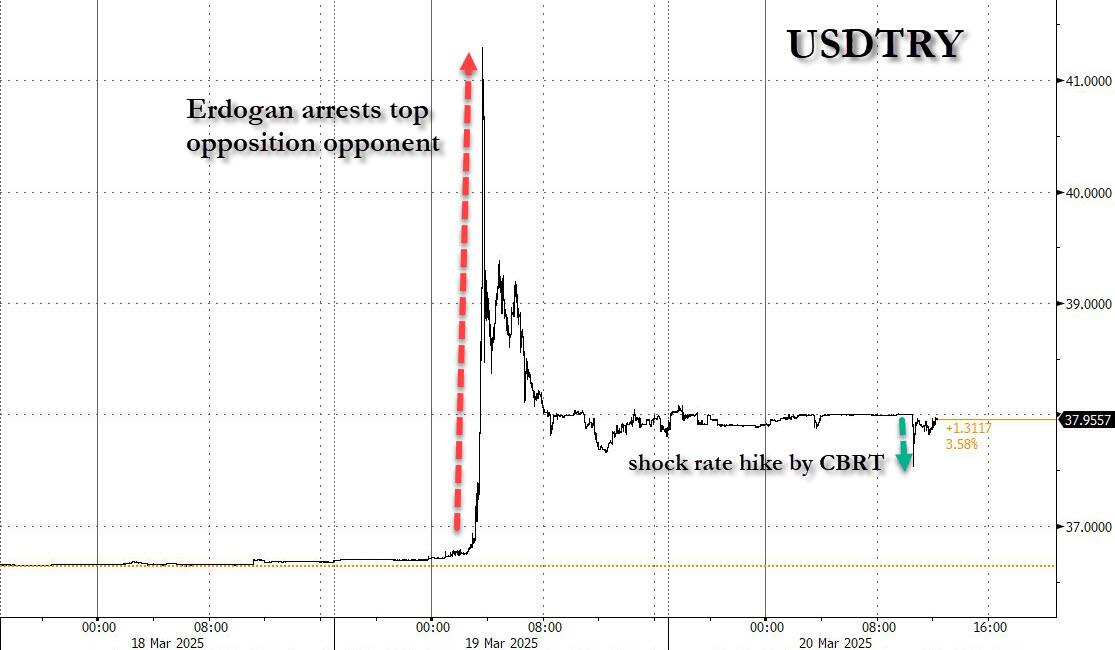The latest trend in treating hair loss may sound familiar -- essentially, it's a repurposed drug first popularized in the 1990s.
Back then, TV viewers were inundated with ads for Rogaine, a sticky topical solution that could help treat thinning hair when applied to the scalp.
Now dermatologists are increasingly prescribing the drug, known generically as minoxidil, in low-dose pills to help men and women maintain or regrow hair.
The practice follows a handful of recent studies suggesting the ingredient works as well -- and possibly better -- when swallowedopens in a new tab or window, rather than applied to hair follicles on the head. Telehealth companies are also driving new demand by offering a quick, easy way to get a prescription and have the pills shipped directly to customers' doors.
Here's a look at the drug:
A Retro Approach to Hair Loss
Minoxidil was originally developed as a pill to treat high blood pressure in the 1970s. Researchers noticed that some patients taking it experienced increased hair growth as a side effect.
The topical form was approved for hair loss by the FDA in 1988, the first drug to win the agency's endorsement for male pattern baldness. Studies showed that men on the medication, which was applied directly to the scalp, had a slower rate of hair loss and, in some cases, regrew hair.
Starting in 1991, a lower dose was approved for women and the brand was aggressively marketed as an over-the-counter medication on TV and in print.
The drug's ability to slow hair loss is likely related to its effect on blood circulation, according to experts.
"By increasing blood flow to the scalp it signals hairs to stay in their grow phase for longer," said Adam Friedman, MD, chair of dermatology at George Washington University. "We're trying to keep those hairs in that growth phase as long as possible."
A recent consensus paperopens in a new tab or window by more than 40 U.S. and international dermatologists concluded that minoxidil pills are effective and often more convenient and affordable than the liquid formulation.
Patients Prefer the Pill
There's little research comparing the two forms of minoxidil, but many dermatologists believe the drug works better as a pill.
At a chemical level, minoxidil is absorbed more directly when digested in the gut than when applied to the hairline. It's also more convenient, with patients taking the drug by mouth once a day, instead of applying the liquid once or twice daily using a dropper.
"As you can imagine, that can be rather onerous," said Susan Taylor, MD, of the University of Pennsylvania. "Although people often enthusiastically begin therapy -- and even see results -- after a while there are many who drop off."
The doses prescribed for oral use are also very low. Dermatologists often direct men to take one half of the lowest-dose pill; women may only need a quarter of a pill.
Those low doses can also reduce the chances for side effects, which can include dizziness, rapid heartbeat, and swollen legs. The drug isn't recommended for people with a history of heart issues or who are pregnant or breastfeeding.
The only other FDA-approved medication for hair loss is finasteride (Propecia), a drug that blocks a byproduct of testosterone that triggers hair loss in men. That drug is generally considered more effective than minoxidil, but it can occasionally cause troubling sexual side effects, including erectile dysfunctionopens in a new tab or window. For optimal results, some dermatologists prescribe the two drugs in combination.
Why aren't minoxidil pills FDA-approved for hair loss?
In short, because there's very little money to be made.
Minoxidil's patent has expired and it is now available as a low-cost generic, so drugmakers have little financial incentive to spend millions on the new studies that would be needed to win FDA approval for hair loss.
"For a drug like oral minoxidil -- which is as old as dirt at this point -- there are no reasons to do that," said Friedman. Like other dermatologists, Friedman gives hair-loss patients an off-label prescription for the pills intended to treat blood pressure.
The upside for patients is that minoxidil is extremely affordable, with some pharmacies offering a month's supply for less than $5.
"Not a single patient has complained to me about the cost of this medication, which is extremely rare," said Luis Garza, MD, of Johns Hopkins University.
Telehealth Firms Open Up Access
The vast majority of doctors prescribing minoxidil for hair loss are dermatologists, who often turn to older drugs off-label for various hair and skin conditions.
A survey of U.S. dermatologists published last year found 80% reported prescribing oral minoxidil. But with only about 12,000 dermatologists in the U.S., some patients may have trouble finding a provider.
Telehealth providers like Hims and Ro say they are helping fill the gap. The companies' business model offers patients quick access to the medications they are seeking, often after simply filling out a questionnaire about their medical history, medications, and treatment goals. The information is reviewed by a health provider who can quickly approve a prescription, assuming there are no red flags.
Hims and Ro each say that their providers won't prescribe minoxidil for patients who have complicating health conditions or prescriptions that could negatively interact with the drug. In some cases, patients may be referred for an office visit.
Many dermatologists say patients are better served by an in-person appointment, where a doctor will usually take a blood pressure reading, evaluate medical history, prescriptions, and discuss the drug's side effects.
"I'm not a proponent of going to an online service," said Taylor. "I recommend seeing your board-certified dermatologist who's trained, who knows the data and can evaluate all of you."
https://www.medpagetoday.com/dermatology/generaldermatology/114730


